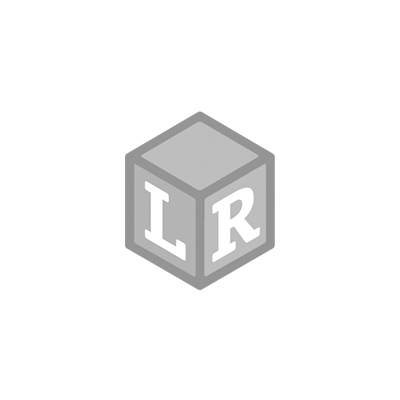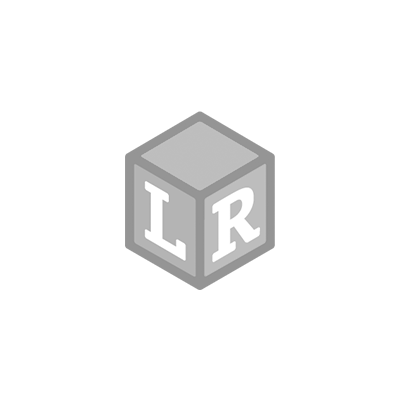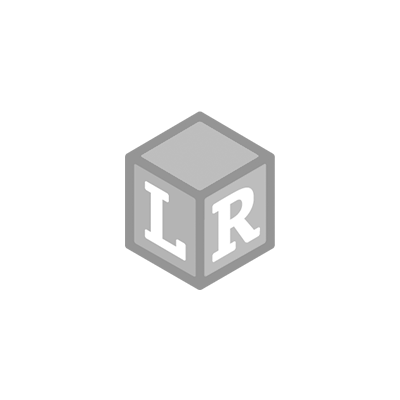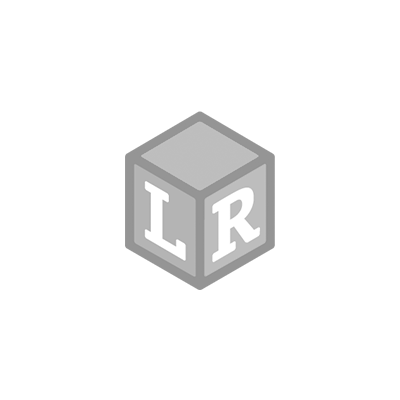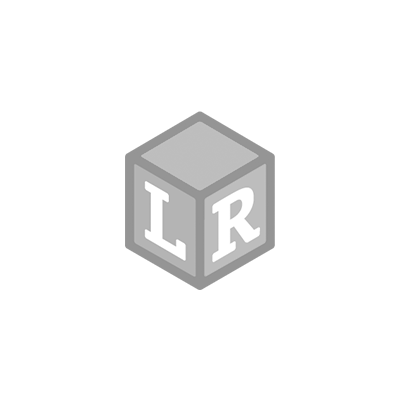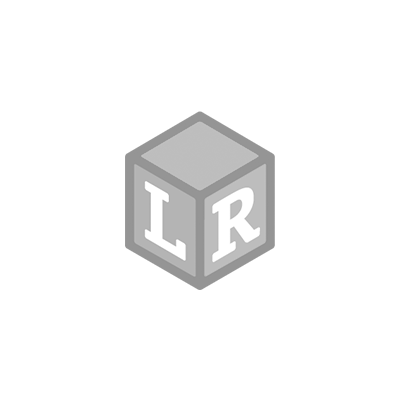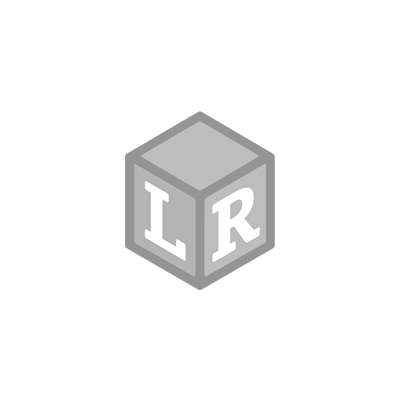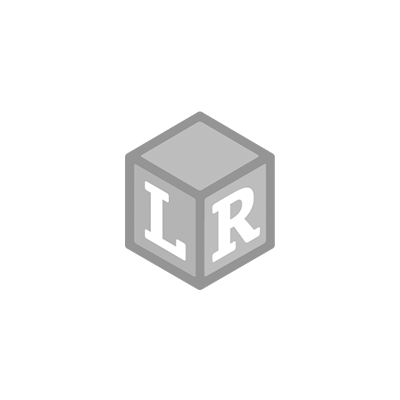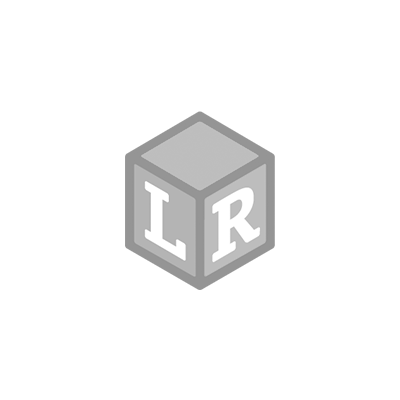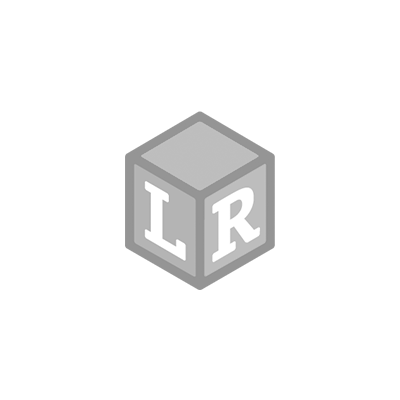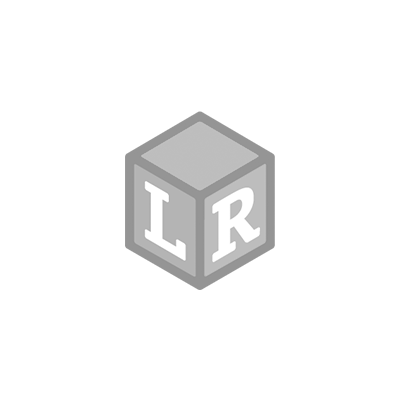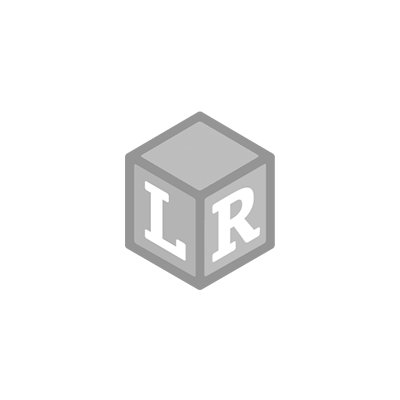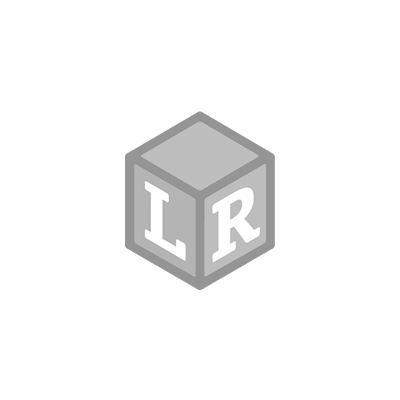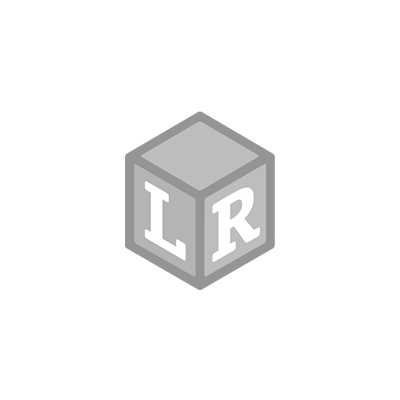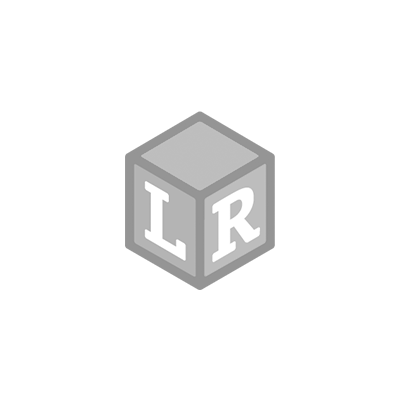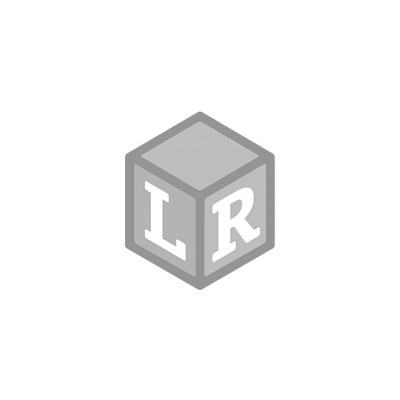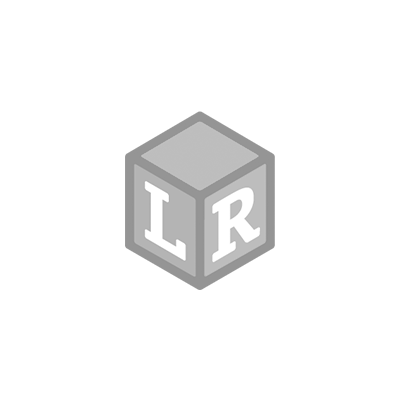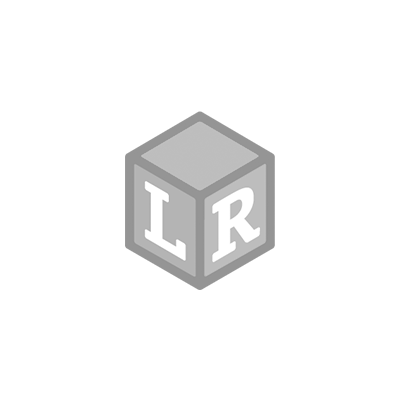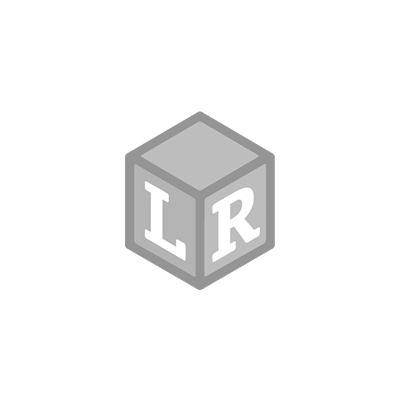Sensory Play with Hot Cocoa Time!
- Learning Resources Posted On Nov 21, 2022 | 2 - 4 Years SEL
The winter days can be long, especially when too cold for extended periods outside. Those are the days when I try to set up a fun and inviting sensory play activity for my four-year-old. During a recent snow day, she was desperately trying to convince me that we needed to set up a hot chocolate stand just like an ice cream stand we had set up the previous summer. I was game for the hot chocolate part, but I'm not sure about the standing outside to sell it! We compromised and decided to enjoy some simple sensory play with our Learning Resources® Hot Cocoa Time! Playset and a packet of cocoa powder.
What you need:
- Hot Cocoa Time! set from Learning Resources (Amazon exclusive)
- Bowl of warm water
- Cocoa powder
- Twisty Dropper™
- Tray or tablecloth (ours is an IKEA SMULA tray, they are great for sensory play and crafting with kids!)
Let’s Get Set Up
It’s a good idea to put the materials on some sort of tray or plastic cloth as things may get a little messy. I scooped a few spoons of hot chocolate powder into the brown cocoa powder box from the set. I also put out the kettle, spoons, two cups, some warm water in a bowl (not too hot, of course) and a Twisty Dropper to help encourage plenty of fine motor work.
It’s Hot Cocoa Time!
My four-year-old was beside herself with excitement when she opened the cocoa box, and there was real cocoa powder in there. She carefully scooped the powder into the cups, counting out the scoops as she went. Of course, she felt there needed to be plenty of chocolate flavor, so I guess it’s a good thing she got to practice counting nice and high! Then she used the dropper to add lots of water to the kettle, ready to pretend to boil it. It never ceases to amaze me how patient kids are when transferring water with droppers. My kids always love to use a dropper and will happily keep squeezing and releasing over and over until the job is done. Once she was happy with how much water was in her kettle, she pretended to flick a switch, and we stood and waited as the water ‘boiled.’
‘Click’! The water was ready, and so was my little one. She poured the water into the cups right over the cocoa powder. She then used the spoons to stir in the powder until it dissolved. She was giving a running commentary as she went, telling me how the water was changing color and that she could smell the chocolate, and it was YUMMY! We both pretended to sip on our cups of hot chocolate, giving it the occasional stir as we chatted.
With these sorts of set-ups, I always like to leave plenty of opportunities for my preschooler to explore the materials however she wishes. She asked if she could make a bowl of hot chocolate next, so that’s what she did. She kept transferring the water and cocoa powder, stirring, smelling, and eventually serving. She liked to ensure that all the powder was fully dissolved before serving it to me. This activity allowed for plenty of fine motor development and working on some science fundamentals. She predicted what would happen as she mixed the ingredients, observed the changes, and then analyzed and described the outcomes. It was science without us even realizing it!
Have you ever used hot chocolate powder for sensory play? What is your favorite way to play with your Hot Cocoa Time set? We’d love to try out some fun new ideas. Now I’m off to finish my sixth cup of hot cocoa!
Writer’s Bio
Lucy Baker is a Mom of two (4 & 8 years old) passionate about creative play and hands-on learning. She firmly believes in providing children with the opportunity to learn through play and being part of their play journey as a parent. See more of her creative play ideas and process art projects on Instagram @findthelittlemind and on her blog, Find the Little Mind.
 Shop UK Site
Shop UK Site 
